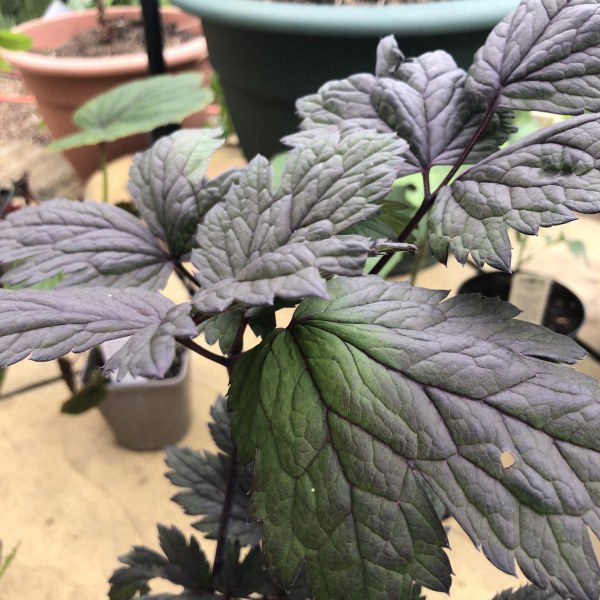Actaea simplex ‘Pink Spike’, commonly known as Pink Spike bugbane or Pink Spike cohosh, is a beautiful perennial plant that produces tall spikes of pink flowers in late summer and early fall. Here are some guidelines to help you grow Actaea simplex ‘Pink Spike’:
- Location and Soil:
- Choose a planting location that receives partial shade to full shade. Pink Spike bugbane prefers dappled sunlight or filtered shade.
- The soil should be moist, humus-rich, and well-draining. Amend heavy clay or sandy soil with organic matter like compost to improve its quality.
- Planting:
- Plant Actaea simplex ‘Pink Spike’ in spring or early fall, preferably when the weather is cooler.
- Dig a hole slightly larger than the plant’s root ball. Ensure that the crown of the plant sits level with or slightly above the soil surface.
- Space multiple plants about 2 to 3 feet apart to allow for their mature size.
- Watering:
- Keep the soil consistently moist but not waterlogged. Pink Spike bugbane prefers slightly moist conditions.
- During dry periods, water deeply and regularly to ensure the plant’s roots have access to adequate moisture.
- Mulching and Fertilizing:
- Apply a layer of organic mulch, such as shredded bark or compost, around the base of the plant. Mulching helps retain soil moisture and suppresses weed growth.
- Feed the plant with a balanced, slow-release fertilizer in early spring or use a top dressing of compost annually to provide nutrients.
- Pruning:
- Cut back the dead foliage in late fall or early spring, before new growth emerges.
- Remove spent flower stalks to encourage the plant’s energy towards root and foliage growth.
- Prune any damaged or diseased stems as needed throughout the growing season.
- Division:
- Every few years, Actaea simplex ‘Pink Spike’ may benefit from division to maintain vigor and prevent overcrowding.
- Dig up the clump carefully and divide it into smaller sections using a sharp garden knife or spade.
- Replant the divided sections immediately, ensuring each division has several healthy shoots and roots.
- Pest and Disease Control:
- Actaea simplex ‘Pink Spike’ is generally resistant to pests and diseases. However, it can occasionally be susceptible to slug or snail damage.
- Use organic slug control methods or protective barriers, if necessary.


